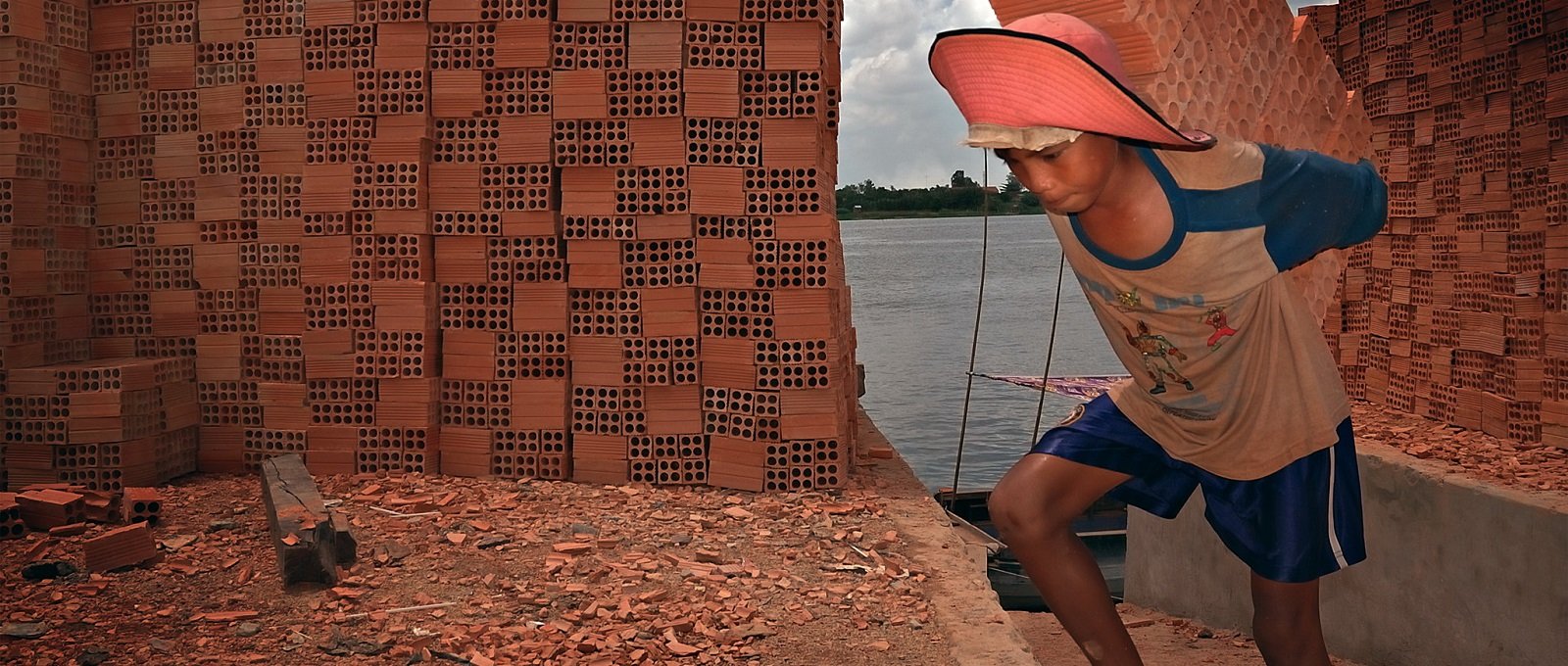After the tumult and uncertainty unleashed by the Covid-19 crisis in 2020, the new year once again signals fresh hope and resolve. For the global anti-child labour community, we are particularly looking forward to 2021 being the International Year for the Elimination of Child Labour.
The issue of child labour has seen real progress in the last 20 years. There are 100 million fewer children in child labour now, a stunning number. ILO (International Labour Organization) Convention 182 on the Worst Forms of Child Labour is the only universally ratified Convention in ILO history, with Convention 138 (concerning Minimum Age for Admission to Employment) not far behind with only 14 countries left to act. Both conventions contribute to the national legal policy frameworks necessary for the prevention and remediation of child labour. The current development agenda and framework of the Sustainable Development Goals (SDGs) includes a specific and separate target to end all forms of child labour by 2025, per SDG target 8.7. Further, the global Alliance 8.7 is spearheading the achievement of this target, bringing all stakeholders together and encouraging countries to commit to accelerate efforts to address child labour via their ‘Pathfinder Country’ mechanism, resulting in commitments by 22 countries to date.
With this significant progress, there have also been setbacks. As per available estimates, the total number of children in work globally stands at an incredible 152 million, with the pace of reduction slowing in the past couple of years. Child labour in agriculture, which is largely informal and under-regulated, has increased and now stands at 108 million. This highlights both the progress in the formal sectors of the global economy and the tremendous need to redouble efforts in the informal sector.
National child labour laws and policies remain under-enforced and under-resourced. Examples of this include weak labour inspection systems that barely touch the informal economy where the majority of child labour is found, and delayed review or publication of national lists of hazardous work prohibited for children under 18 years of age. The biggest setback has been the year-long and continuing pandemic which is reversing the progress made thus far, keeping children out of school and increasingly into work with the socio-economic impacts further pushing already vulnerable communities to the margins.
A stunning 24 million children are projected to drop out of school due to Covid-induced school closures and be compelled to work, reversing progress and perpetuating intergenerational poverty and inequality.
It is against this backdrop that civil society and labour activists are looking at this International Year with the hope and determination to once again lift the scourge of child labour to the forefront across all social, political and development agendas. Even more so, it is an opportunity, and possibly our last chance (having missed the earlier deadline of the Hague Roadmap for Achieving the Elimination of the Worst Forms of Child Labour by 2016), for all actors to engage their heads, hands and hearts to make meaningful progress as we embark on the five-year countdown towards zero child labour in 2025. The commitments and the action made in this last lap will determine the progress made towards child labour.
As a result, anti-child labour activists and civil society at large are calling for four crucial actions in 2021:
1. First is a call to make child labour an optimum-funded priority for an under-funded cause, by asking governments to commit more resources and higher budgets for efforts on child labour in their countries. Many countries such as Ghana, Malawi, Tanzania, and Uganda among others have developed robust National Action Plans for the elimination of child labour but await proper implementation for want of resources. The same would also hold true for the 22 Pathfinder Countries of Alliance 8.7, who will need to back their commitments, national strategies and plans with intentional and appropriate budgetary actions. The northern donor governments will also need to prioritise child labour in their grants and foreign aid programmes.
2. Activists are calling for a holistic approach to address child labour, i.e., one which addresses the root causes of child labour, involves all stakeholders especially children and their communities, and is multi-layered and intersectional with respect to cross-cutting topics like education, gender, and ethnicity. Such an approach will among other things ensure that efforts to address child labour in a particular sector or area does not result in more children working in another sector or area. This also requires due emphasis to child labour elimination across all sectors: child labour in domestic work is a case in point, because in spite of its pervasiveness, it remains a highly neglected area.
3. Civil society organisations are looking to ensure their strengthened participation is included in these child labour policy and programmatic interventions. Despite the established role of civil society in eliminating exploitation, given its access to vulnerable communities and being the ‘first responders’, government-supported projects on child labour often miss the opportunity for progress by ignoring or excluding NGOs. Global agenda-setting and national as well as regional discussions in particular need to encourage and facilitate maximum inclusion of the voices of southern NGOs – those closest to the issue.
4. Lastly, civil society is calling for the non-negotiable inclusion of the voices of children and young people across these efforts with the goal of building their agency and leadership skills. This is critical in so many ways: fostering democratic and human rights values at a fundamental level, including and involving local communities in their own progress, and building the future of the global labour movement.
There are many more actions to take. The above recommendations are by no means a comprehensive set of proposals, but these crucial initiatives will support other actions. If we start 2021 with purpose and urgency, we stand a good chance of making sure that all children no longer have to endure the indignities and danger of child labour within the next five years and beyond.
Source: https://www.equaltimes.org/here-s-how-we-make-2021-the#.YEhP02gzZyF

